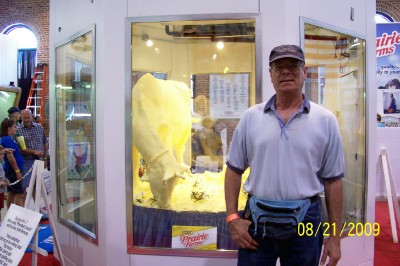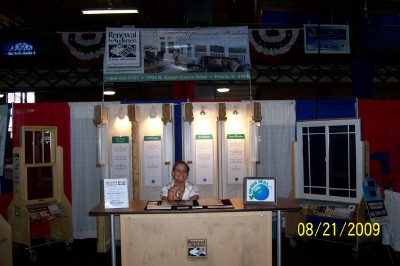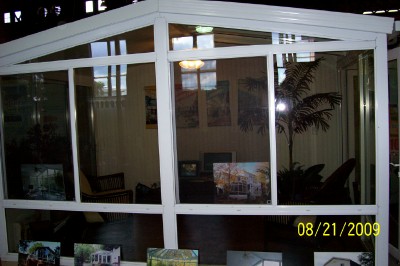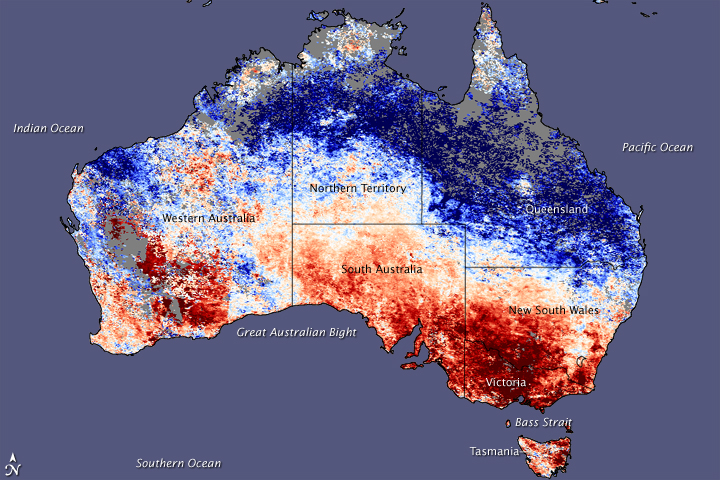At least that is the headline from Energy News Today:
http://www.energynewstoday.com/
I wouldn’t even bring it up but I do because I am a Google Slut and I think it points to a problem on another front.
Decision due soon on Arctic Ocean oil drilling
September 21, 2009 | 7:07 pm
Opponents of offshore oil drilling in the Arctic are making a last-ditch effort to convince the Obama administration to impose the same kind of moratorium on oil and gas development that it did on major commercial fishing in the Far North.Signatures from nearly 300,000 people supporting a halt on new drilling in the Chukchi and Beaufort seas, and also in Alaska’s Bristol Bay, were unveiled outside the Department of Interior in Washington, on the last day available for public comment before the department decides on future leases on the Outer Continental Shelf.
A group of more than 400 scientists also is joining the public push against Arctic drilling. In a letter to the president timed to the deadline for offshore oil comments, a large group of biologists, oceanographers and other scientists warned that profound physical and biological changes in the Arctic Ocean connected to the rapid shrinking of sea ice leave too many unanswered questions to proceed with new oil and gas development.
“Offshore oil and gas activity poses risks to marine mammals, sea birds and fishes from oil spills and chronic habitat degradation through noise, bottom disturbance, and pollution,” the scientists said in their letter. “Adequate technology does not exist to clean up oil spills in broken ice, and the cumulative impacts of widespread industrial activity will only grow.”
The letter urged a delay in new development until adequate studies give scientists a better understanding of the ecosystem. It also said delays would allow for better consultation with Alaska residents in the Arctic concerned about the impacts of oil drilling on the whales and other marine mammals that form the backbone of their livelihoods.
:}
How can we allow this when the Oil Companies do this type of thing on dry land?
http://www.adn.com/volcano/story/737432.html
Mud flows in Drift River; oil terminal status uncertain
Published: March 26th, 2009 12:25 PM
Last Modified: March 27th, 2009 10:55 AM
An eruption of Redoubt volcano Thursday morning triggered a flood of mud-choked water in the Drift River, but officials were at a loss to say whether it passed harmlessly by the oil facility near the mouth of the river or penetrated the protective dike there.
Rod Ficken, vice president of Cook Inlet Pipeline Co., said remote monitoring equipment on two tanks that each contain 3 million gallons of crude oil showed no change in their level, strong evidence that they remain intact.
But until observers can fly over the Drift River oil terminal and report back, no one will know how high the river reached and whether water and mud got into the tank farm, Ficken said. The facility has no remote video or flood sensing equipment, he said.
The terminal was evacuated Monday morning early in the series of eruptions that have periodically swollen the river and threatened the facility.
:}
What they can’t plan for an Active Volcano?
http://www.adn.com/money/industries/oil/story/944581.html
BP pays $1.7 million for rules violations at North Slope fields
Published: September 22nd, 2009 12:03 PM
Last Modified: September 22nd, 2009 10:07 PM
BP Exploration Inc. has paid $1.7 million to the state due to inadequate oil spill protection measures at Prudhoe Bay and other North Slope oil fields, state officials announced Tuesday
BP and the Alaska Department of Environmental Conservation last month signed two compliance agreements to resolve violations of state regulations discovered during routine inspections in 2007, according to the DEC.
BP said Tuesday that it worked with the DEC to find and fix the violations.
The initial inspections showed that at least three BP spill containment areas didn’t meet the capacity requirements spelled out in state rules. As part of the settlement negotiations with the DEC, BP surveyed all of its secondary containment areas and found 16 others that violated the capacity requirements, according to the DEC.
The violations occurred at the Prudhoe Bay, Endicott and Badami oil fields — in truck loading areas and at oil field storage tanks. The tanks, for example, hold thousands of gallons of fuel, oily waste or snowmelt and their spill containment structures are berms that prevent tank leaks from spilling onto the tundra
:}
What they can’t read?
:}
























